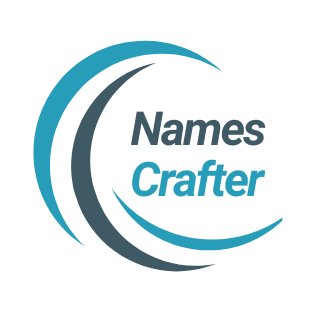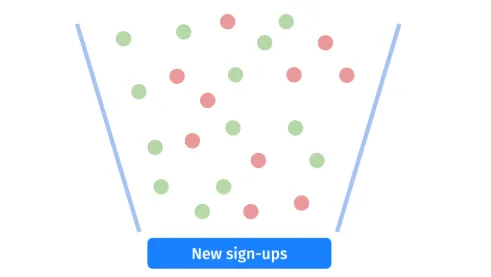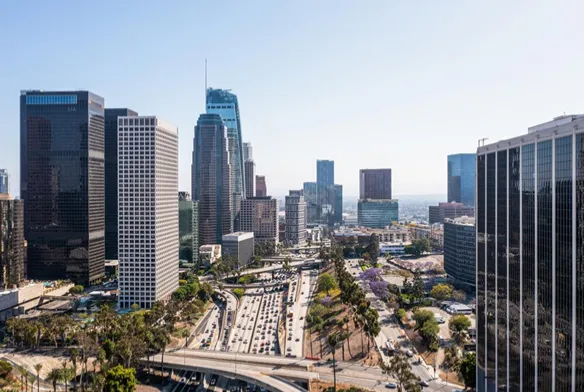Gamified Referral Programs: The Winning Formula for Brand Growth
In the digital age, traditional referral programs are no longer enough to capture and sustain customer interest. Enter gamification—a dynamic approach that transforms referrals into an engaging, reward-driven experience. By incorporating elements of game mechanics, brands can boost customer participation, increase loyalty, and drive viral growth.
If you’re not leveraging a gamified referral program, you’re missing out on one of the most powerful tools for modern customer acquisition and retention. Let’s explore how it works and why it’s a game-changer for brands.
Why Gamified Referral Programs Work
Gamification taps into fundamental human psychology—our natural love for competition, achievement, and rewards. Unlike traditional referral systems that offer a simple incentive (like a discount for referring a friend), gamified programs use mechanics like points, levels, and leaderboards to make referrals more exciting.
Here’s why they outperform standard referral models:
- Increases Engagement – When users are rewarded for participation, they are more likely to share, compete, and stay involved.
- Boosts Virality – Game elements encourage customers to invite more friends to move up levels or earn exclusive rewards.
- Enhances Customer Loyalty – The more customers interact with the referral system, the deeper their connection to the brand.
- Creates Social Proof – A competitive, fun referral system encourages sharing, which builds credibility and trust.
How a Gamified Referral Program Works
The following are the different ways in which a gamified referral program works.
1. Points-Based Referral System
How It Works: Customers earn points for every referral action they take. These points can be redeemed for discounts, free products, or exclusive perks.
✅ Example: Dropbox’s referral system gives users extra cloud storage when they refer friends. The more referrals, the more storage they earn.
🔹 Best Practices:
- Offer different points for different actions (e.g., signing up, making a purchase).
- Let customers track their points via an interactive dashboard.
- Allow point redemption for desirable rewards.
2. Tiered Rewards & Level Progression
How It Works: The more referrals a customer makes, the higher their reward level. Each level unlocks better incentives, encouraging continued engagement.
✅ Example: Uber’s referral system offers better discounts for customers who refer multiple people. At higher levels, users can even earn cash rewards.
🔹 Best Practices:
- Use status-based names for levels (e.g., Bronze, Silver, Gold, VIP).
- Display a progress bar to show how close a customer is to unlocking the next level.
- Provide exclusive benefits for top-tier referrers.
3. Leaderboards and Social Competition
How It Works: A referral leaderboard shows the top customers based on referrals made. This creates a sense of competition, motivating customers to refer more friends.
✅ Example: PayPal’s early referral program rewarded the top referrers with cash bonuses, creating viral word-of-mouth marketing.
🔹 Best Practices:
- Feature a real-time leaderboard on your website or app.
- Offer special prizes for top referrers (e.g., free products, VIP perks).
- Create time-sensitive competitions to drive urgency.
4. Mystery or Surprise Rewards
How It Works: Instead of fixed rewards, customers receive surprise bonuses when they hit referral milestones, making the experience exciting.
✅ Example: Fashion retailer ASOS randomly gives high-referring customers surprise discounts or early access to collections.
🔹 Best Practices:
- Use randomized “spin-to-win” wheels for extra excitement.
- Keep mystery rewards exclusive to high-engagement customers.
- Send personalized notifications when someone unlocks a reward.
5. Gamified Challenges & Milestones
How It Works: Customers are given specific referral challenges (e.g., “Refer 3 friends in a week”) to earn bonus rewards.
✅ Example: Starbucks’ loyalty program rewards extra stars when users complete referral challenges during promotional periods.
🔹 Best Practices:
To make a gamified referral program successful, it’s not just about adding points, leaderboards, or rewards—it’s about creating an experience that continuously excites and motivates customers. Here are some best practices that ensure your program remains engaging, effective, and drives sustained growth.
1. Rotate Challenges Regularly to Keep Engagement High
Customers can lose interest if they see the same referral challenges over and over again. To maintain excitement, rotate challenges frequently to provide fresh goals and opportunities to earn rewards.
🔹 How to Implement:
- Change referral goals every month (e.g., “Refer 3 friends this month to get a bonus” → Next month: “Refer a friend who makes a purchase and earn 2X points”).
- Introduce limited-time challenges that encourage urgency (e.g., “24-hour double points bonus for referrals made today!”).
- Track engagement data to identify which challenges perform best and optimize accordingly.
✅ Example: Fitness brand Peloton rotates referral incentives, sometimes offering cash rewards and other times providing free merchandise to keep the program fresh and engaging.
2. Create Seasonal or Holiday-Themed Referral Challenges
Seasonal campaigns naturally create urgency and capitalize on increased consumer spending during holidays. Tying referral challenges to festive occasions can boost participation and keep customers excited.
🔹 How to Implement:
- Offer exclusive holiday bonuses (e.g., “Refer a friend this Black Friday and get a mystery reward!”).
- Create countdown timers to highlight the limited-time nature of seasonal challenges.
- Use creative holiday-themed visuals and copy to enhance the campaign’s appeal.
✅ Example: Starbucks’ seasonal promotions allow customers to earn extra loyalty points when referring a friend to the holiday drink menu, increasing both referrals and in-store visits.
3. Offer Escalating Rewards for Completing Multiple Challenges
A single static reward structure doesn’t maximize engagement. Instead, create a tiered system where customers unlock bigger and better incentives the more they participate. This strategy leverages the psychological effect of progress tracking and motivates customers to keep referring.
🔹 How to Implement:
- Use progressive milestones (e.g., “Refer 1 friend = 10 points, 3 friends = 50 points, 5 friends = 150 points”).
- Introduce a VIP tier where top referrers unlock exclusive perks (free products, early access to sales, beta product testing).
- Show a progress tracker so customers can visualize how close they are to the next reward.
✅ Example: Tesla’s referral program escalated rewards from free Supercharging miles to invitations to exclusive events—and even a free Tesla Roadster for top referrers
Why Brands Should Invest in Gamified Referral Programs
A well-designed gamified referral program doesn’t just drive more sign-ups—it builds a community of highly engaged, loyal customers. Here’s why it’s a must-have strategy:
✅ Higher Engagement Rates
Gamification makes referral programs addictive, ensuring customers stay engaged for longer periods.
✅ Lower Customer Acquisition Costs (CAC)
Referral programs powered by gamification encourage organic growth, reducing the need for expensive paid marketing.
✅ Stronger Brand Advocacy
When customers are excited about a brand’s referral program, they naturally promote it on social media and among friends.
✅ Increased Retention & Lifetime Value
Customers who actively participate in referral programs tend to remain loyal for a longer time, increasing their lifetime value (LTV).
Conclusion
A gamified referral program is more than just a marketing tactic—it’s a growth engine that keeps customers engaged, excited, and loyal. If your brand is still using a traditional referral system, it’s time to rethink your strategy.
By integrating game mechanics like points, levels, leaderboards, and surprise rewards, you can transform customer referrals into a viral, rewarding experience that fuels long-term business success.
Are you ready to gamify your referral program? Start now and watch your brand go viral!







